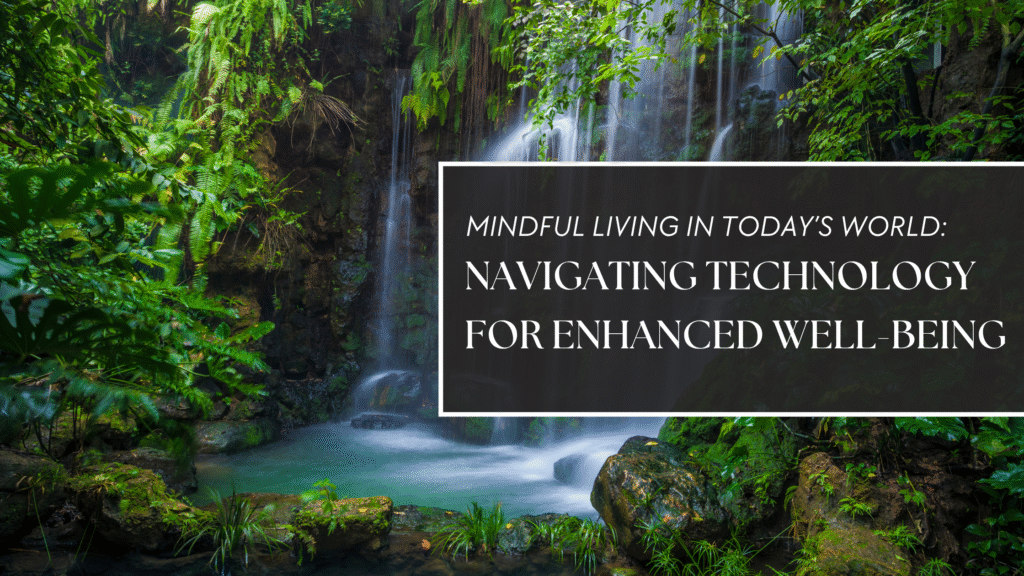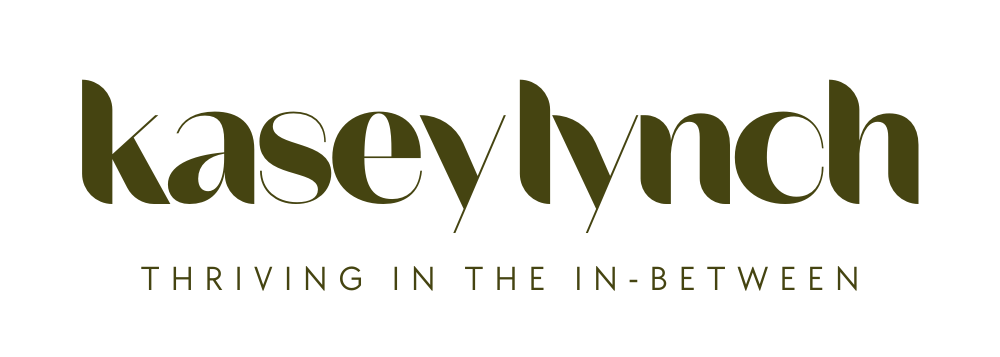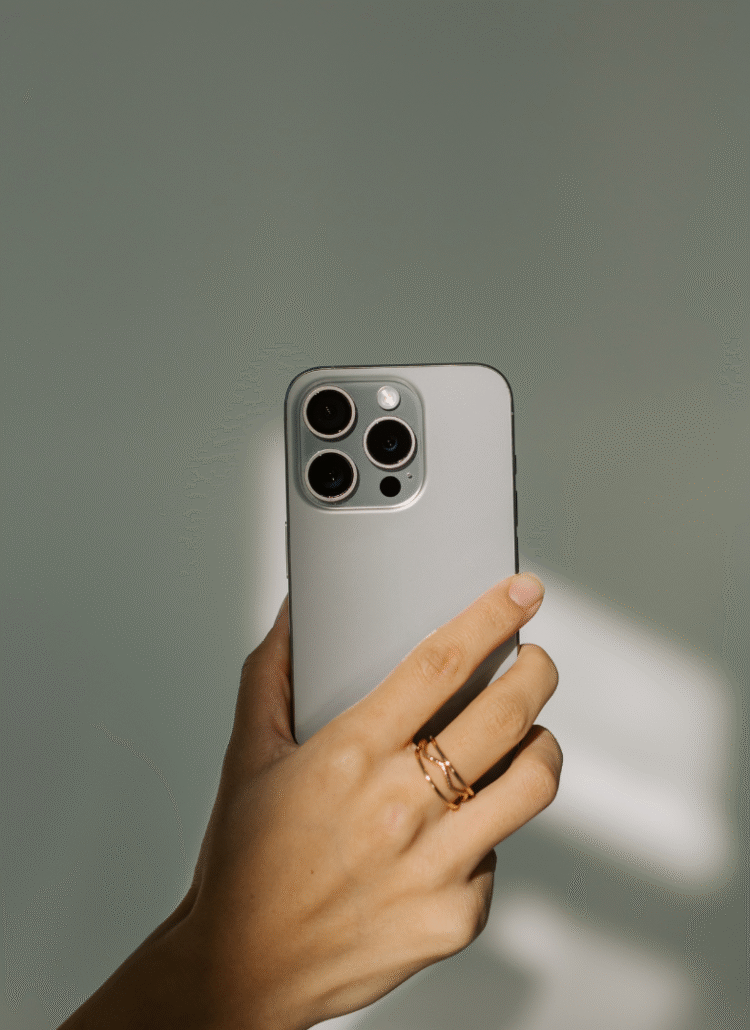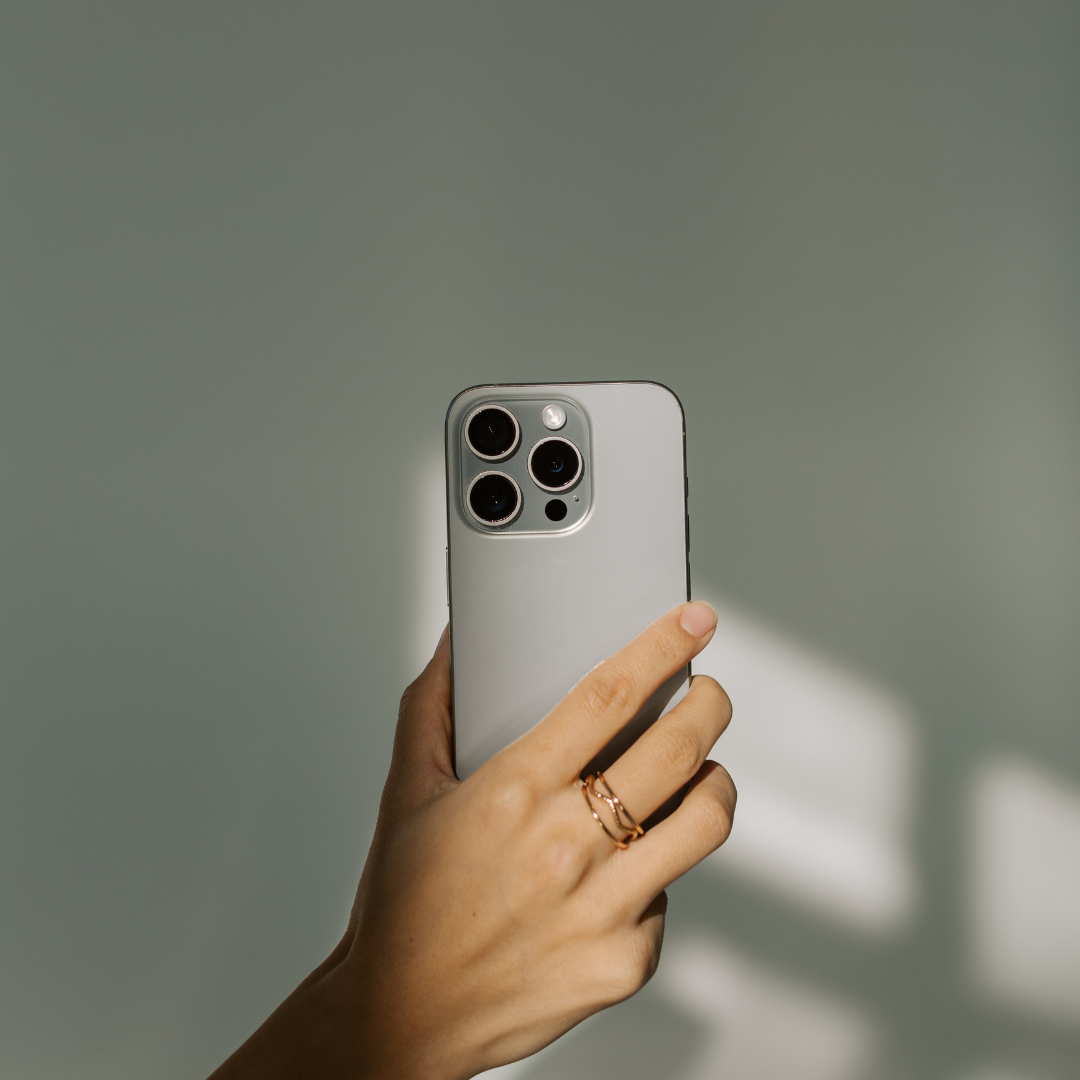
In our bustling, hyper-connected world, it often feels like we are constantly juggling notifications, emails, and the endless scroll of social media.
The digital age, while offering incredible opportunities for connection and information, also presents unique challenges to our peace of mind and overall well-being. We’re often caught in a whirlwind, leading to increased stress, anxiety, and a feeling of being perpetually “on.”
But what if there was a way to navigate this landscape with more calm, clarity, and presence?
This is where the profound practice of mindful living comes in. It’s not about disconnecting entirely from technology, but rather about intentionally cultivating a deeper awareness in our daily lives, transforming how we interact with both the digital and physical worlds.
Embark with me on this journey to discover how mindful living can be your compass in the modern age, guiding you toward greater peace and a richer, more intentional life.
What’s On Deck:
What Exactly is Mindful Living?
At its heart, mindful living is about being fully present and aware in the current moment, acknowledging and accepting your thoughts, feelings, and bodily sensations without judgment. It’s a transformational shift from living on autopilot to actively participating in your own life, moment by moment.
Many people associate mindfulness primarily with meditation, and while mindfulness meditation is a powerful practice to cultivate awareness, mindful living extends far beyond the cushion.
It’s about bringing that same quality of non-judgmental attention to every aspect of your daily routine – from drinking your morning coffee to commuting to work, from interacting with loved ones to engaging with your digital devices.
A mindful person isn’t necessarily a serene sage who never experiences stress or anxiety.
Instead, they are someone who actively practices awareness. They observe their thoughts and emotions as they arise, understanding that these are fleeting experiences, not necessarily absolute truths.
They cultivate a deeper connection to their senses, noticing the sights, sounds, smells, tastes, and textures of their surroundings. This self-awareness enables them to respond to life’s challenges with greater intention and less reactivity, fostering a sense of calm even in the midst of chaos.
To live a mindful life means to approach each experience, pleasant or unpleasant, with curiosity and openness. It means consciously choosing how you spend your time, energy, and attention, aligning your actions with your values.
It’s about truly living, not just existing.
The Digital Age: A Double-Edged Sword for Well-being
The digital age has undeniably reshaped our lives in countless beneficial ways. Instant communication, vast access to information, and global connectivity are just some of its wonders. Yet, this constant connectivity also brings significant challenges to our mental health and well-being.
The pervasive influence of technology, particularly smartphones and social media, has created a culture of distraction. Our attention spans are fragmented, and the urge to constantly check for updates can lead to a feeling of being overwhelmed.
The “fear of missing out” (FOMO) perpetuated by social media can fuel anxiety and stress, as we often compare our real lives to the curated highlight reels of others. This comparison culture can subtly erode self-esteem and foster feelings of inadequacy.
On top of that, the lines between work and personal life blur with constant digital access, making it difficult to truly disconnect and recharge. This “digital deluge” of information and demands can lead to burnout, chronic stress, and a diminished capacity for deep focus.
For me, I notice that it triggers feelings of inadequacy, physically tired eyes, and mild headaches if I’ve maxed out my screen time in a day (or a week). But for many people, navigating this fast-paced environment without feeling perpetually stressed or distracted has become a major challenge.
This is precisely why cultivating mindfulness matters more than ever in our digital era. It offers a powerful antidote, helping us reclaim our attention, manage digital habits, and foster a healthier relationship with technology.
Cultivating Mindfulness in a Digital World
Mindfulness serves as a vital tool for navigating the complexities of the digital age, offering a path to greater well-being and a healthier relationship with technology. It helps us pause, observe, and choose our responses rather than being swept away by the current of constant digital stimulation.
Here’s how mindfulness helps us in the modern world:
- Reduces Stress and Anxiety: By bringing awareness to the present moment, mindfulness helps us step out of anxious thought loops about the future or ruminations about the past. It teaches us to observe stress responses in our body and mind, allowing us to respond with greater calm.
- Enhances Focus and Concentration: In a world of endless distractions, mindfulness practice trains our attention muscles, improving our ability to focus on one task at a time and engage more deeply with our experiences.
- Improves Emotional Regulation: Mindful self-awareness helps us recognize emotions as they arise, giving us the space to process them skillfully instead of reacting impulsively. This leads to more thoughtful interactions, both online and off.
- Fosters Intentionality: Instead of mindlessly reaching for our digital devices, mindfulness encourages us to become aware of the impulse and make conscious choices about how and when we engage with technology.
Strategies for Digital Mindfulness
Digital mindfulness isn’t about shunning technology; it’s about integrating awareness into how we use it. It means being deliberate, not reactive, with our screens.
- Conscious Technology Use: Before picking up your phone or opening a new tab, pause and ask yourself: “Why am I doing this? What is my intention?” This simple moment of awareness can prevent mindless scrolling and encourage intentional engagement. Use technology as a tool, not a default. This step drastically improved my ability to alter my existing relationship with my phone.
- Scheduled Digital Detoxes: Regular, even short, tech-free periods can reduce the feeling of constant connectivity. This could be an hour before bed, during meals, or dedicating specific “tech-free” days each week. Even a 10-minute digital detox can reset your mind.
- Mindful Social Media Use: Be aware of how social media makes you feel. If you notice feelings of inadequacy, anxiety, or an emotional rollercoaster, it might be a sign to take a break. Curate your feed to follow accounts that inspire and uplift you, rather than those that trigger comparison. Practice non-judgmental observation of your reactions while scrolling.
- Create Tech-Free Zones or Times: Designate certain areas of your home (like the bedroom or dining table) as screen-free zones, or set specific hours when digital devices are put away. This helps carve out space for in-person connection, self-care, and quiet reflection.
- Turn Off Notifications: Constant pings and alerts are major sources of distraction. Turn off non-essential notifications on your phone and computer to reclaim your attention and reduce the urge for constant checking.
- No Phone First Thing in the Morning: Reaching for your phone as soon as you wake up floods your mind with noise before you’ve had a chance to connect with yourself! Those first few minutes of the day are powerful — use them to check in with your body, your breath, or your intention for the day. Starting with presence instead of input helps you lead your day, not react to it. This is the best piece of advice I could give you to break out of a crappy relationship with your phone.
Related: 11 Ways I Broke My Phone Addiction and Started Using My Screen More Mindfully
By practicing digital mindfulness, you gain greater control over your technology use, transforming it from a source of stress into a tool that genuinely enhances your life.
Practical Steps to Embrace Mindful Living
Integrating mindful living into your daily life is an adventure, a continuous journey of discovery rather than a destination. It’s about cultivating small, consistent practices that build over time. Here are practical ways to begin your journey and deepen your awareness.
The Foundation: Mindful Breathing and Meditation
The breath is an anchor to the present moment, always available. Mindful breathing is one of the simplest yet most profound mindfulness exercises.
A Simple Breathing Meditation for Beginners
Find a quiet space where you won’t be disturbed. Sit comfortably with your spine tall but relaxed. Close your eyes gently or soften your gaze.
Bring your attention to the sensation of your breath. Notice the rise and fall of your belly, the air entering and leaving your nostrils.
Don’t try to change your breath, just observe it.
When your mind wanders (and it will!), gently guide your attention back to your breath without judgment. Start with just 5 minutes a day and gradually increase the duration. This consistent meditation practice builds the muscle of awareness.
Integrating Mindfulness into Your Daily Routine
Mindfulness doesn’t require extra time; it asks for a different quality of attention to what you’re already doing.
- Mindful Eating: When you eat, truly eat. Turn off distractions. Notice the colors, textures, and aromas of your food. Chew slowly, savoring each bite. Pay attention to the sensations in your mouth, the taste, and how your body responds. This transforms a mundane act into a rich, nourishing experience.
- Mindful Walking (or “Look Up When You Walk”): Whether it’s a stroll in nature or navigating a busy street, bring awareness to each step. Feel your feet making contact with the ground. Notice the sounds around you, the sights you pass, the air on your skin. Instead of rushing, simply be present in the act of moving. Make a habit of looking up and observing the world around you, rather than down at your phone.
- Mindful Listening: In conversations, truly listen. Put away distractions, make eye contact, and focus on understanding what the other person is saying, both verbally and non-verbally. Resist the urge to plan your response while they’re speaking. This deepens connections and enhances communication.
Cultivating Self-Awareness and Non-Judgment
A key aspect of mindful living is observing our internal landscape – our thoughts and emotions – with a non-judgmental attitude.
- Journaling for Self-Care: Regularly jotting down your thoughts and feelings can be a powerful practice for self-awareness. It allows you to externalize worries, identify patterns, and gain perspective. It’s a space for honest reflection without the pressure of judgment.
- The 3-3-3 Mindfulness Technique: When feeling overwhelmed or anxious, try this simple grounding exercise:
- Name 3 things you can see: Look around and identify three distinct objects.
- Name 3 sounds you can hear: Tune into your auditory environment and note three different sounds.
- Move 3 parts of your body: Wiggle your fingers, tap your foot, turn your head – any three small movements. This technique quickly brings your attention back to the present moment, shifting focus away from internal narratives.
- Practice Self-Compassion: Treat yourself with the same kindness and understanding you would offer a good friend. When you make a mistake or face a challenge, acknowledge your struggle without harsh self-criticism. This builds resilience and a healthier relationship with yourself.
Connecting with the Present Moment
The present moment is where life truly happens. Training yourself to connect with it deeply enriches your experience.
- Engage Your Senses: Take a few moments each day to consciously engage one of your senses. Really taste your food, deeply listen to a piece of music, truly look at a flower, smell the rain, or feel the texture of your clothes. This simple act can ground you in the now.
- Appreciate Simple Things: Find moments throughout your day to notice and appreciate the small, often overlooked, joys – the warmth of the sun, the laughter of a child, a perfectly brewed cup of tea. This cultivates gratitude and shifts your perspective.
- Prioritize Face-to-Face Interactions: While technology connects us, there’s no substitute for authentic in-person connection. Make time for conversations with friends and family where devices are put away, allowing for true presence and shared experience. This strengthens bonds and supports mental well-being far more than constant digital communication.
Beyond the Individual: Mindful Community and Well-being
Mindful living isn’t just about personal practices; it also extends to how we interact with our communities and the world around us.
In the digital era, where virtual connections often supersede physical ones, consciously fostering real-world community can be a profound act of mindfulness.
Finding meaning and connection, often seen as aspects of spirituality, can be cultivated through mindful engagement with others. This might involve volunteering, participating in local group activities, or simply having deeper, more present conversations with your neighbors and local barista!
Related: Creating an Intentional Life — One Small Decision at a Time
When we mindfully engage with those around us, we build stronger social networks, which are crucial for overall well-being and a sense of belonging.
The practice of mindfulness reminds us that we are interconnected, and our presence with others, in person, fosters a different kind of bond than constant connectivity through screens.
Your Adventure into Mindful Living
Embarking on the adventure of mindful living is a powerful step toward a more balanced and fulfilling life, especially in our dynamic digital age.
It’s not about achieving perfection, but about embracing an ongoing practice of cultivating awareness, one breath, one moment, one intentional choice at a time.
Remember, mindfulness is a journey, not a destination.
There will be days when distractions feel overwhelming, and moments when you slip back into old digital habits. That’s perfectly normal. The key is to approach yourself with kindness and non-judgment, gently redirecting your attention back to the present moment, just as you would in a meditation practice.
Start small, be patient with yourself, and celebrate every moment of awareness you cultivate. By integrating these simple yet profound practices into your daily life, you’ll not only navigate the digital world with greater ease but also unlock a deeper sense of well-being, peace, and genuine connection to your life.
So, take a deep breath and begin your mindful living adventure today! You got this.





Leave a Reply